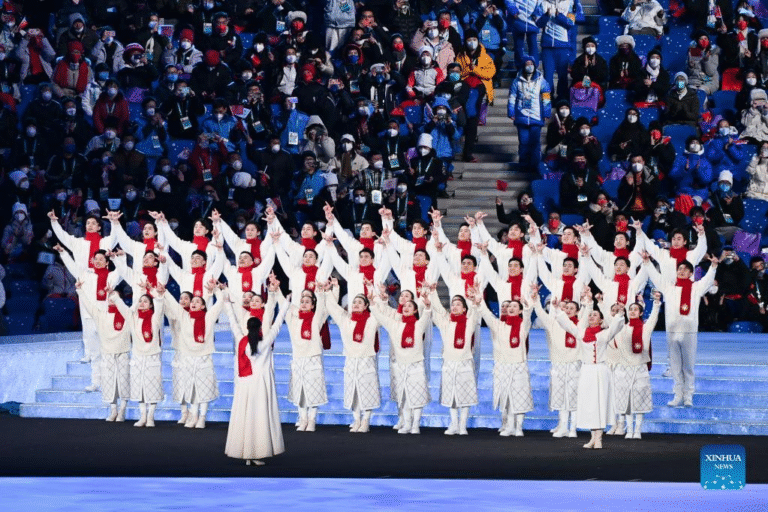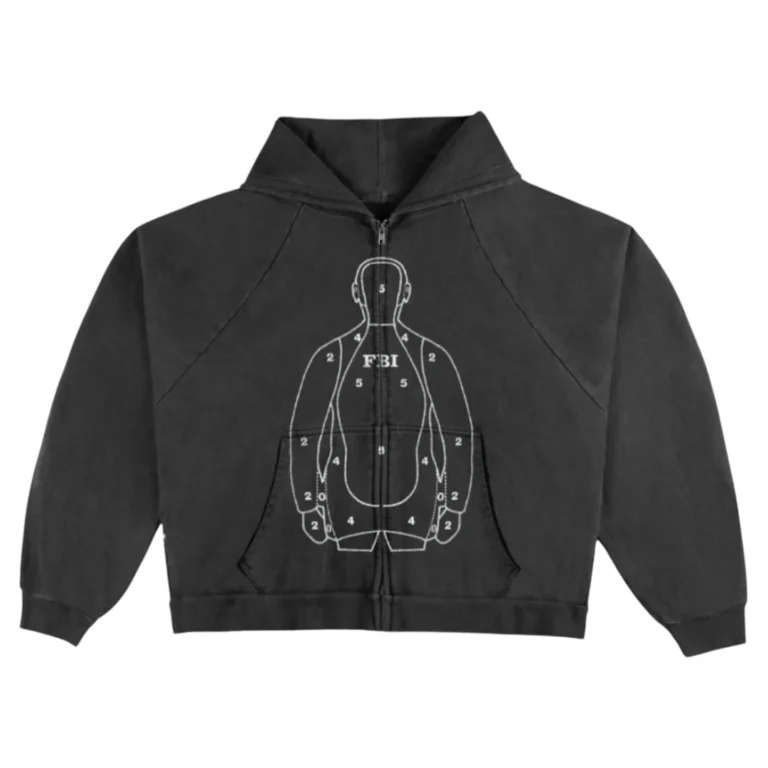Nahttypen: A Complete Guide to Stitch Types in Sewing
When it comes to sewing, one of the most important skills to master is understanding Nahttypen, or stitch types. Every stitch has a unique purpose and function, whether it’s holding fabrics together, preventing fraying, or adding decorative details. Knowing which stitch to use can make a big difference in the durability, look, and quality of your final piece. Sewing is not just about threading a needle and pulling fabric together—it’s about precision, design, and technique. This is where Nahttypen step in as the foundation of successful sewing.
What Does Nahttypen Mean?
The word Nahttypen simply translates to “stitch types” in English. In sewing, stitches are not all the same. Each one is designed to solve a problem or provide a solution. For example, some stitches are meant to stretch with the fabric, others to stay firm, and some are purely decorative. Just as builders rely on different types of tools for specific tasks, sewists use different stitches depending on the fabric and project they are working on.
Why Are Different Nahttypen Important?
Imagine trying to sew a stretchy T-shirt with a basic straight stitch. The first time you pull the shirt over your head, the seam might pop because it has no flexibility. On the other hand, if you use a zigzag stitch, the seam can stretch along with the fabric. Similarly, if you are making curtains, you wouldn’t use a delicate hand stitch—you’d want a strong seam that can carry the fabric’s weight.
Different Nahttypen help:
- Strengthen garments and fabrics
- Add elasticity where needed
- Keep raw edges neat
- Prevent fabrics from unraveling
- Provide decorative finishes
By understanding these purposes, sewing becomes less about trial and error and more about intentional craftsmanship.
The Basic Types of Stitches
Let’s dive into some of the most common Nahttypen that every beginner and advanced sewist should know.
1. The Straight Stitch
The straight stitch is the simplest and most commonly used stitch in sewing. It goes directly forward in a line, making it great for seams, topstitching, and hems. This stitch doesn’t stretch, so it works best on woven fabrics like cotton or linen.
2. The Zigzag Stitch
Zigzag stitches move side to side instead of in a straight line. They are incredibly versatile, perfect for stretch fabrics, finishing raw edges, or even decorative purposes. The width and length of a zigzag can be adjusted, giving sewists flexibility.
3. The Overlock Stitch
An overlock, often created with a serger machine, trims fabric edges while stitching them together. It prevents fraying and gives clothes a professional finish. Overlock stitches are especially common in store-bought clothing.
4. The Backstitch
A backstitch is strong and durable, usually done by hand. It mimics the straight stitch but reinforces the seam because the needle goes back slightly with each pass. It’s perfect for repairing clothes or sewing where extra strength is needed.
5. The Blanket Stitch
Used on edges, the blanket stitch is both functional and decorative. It keeps fabric from fraying and looks attractive, often used on felt or fleece.
6. The Basting Stitch
Basting stitches are temporary stitches meant to hold fabric in place before permanent sewing. They are usually long, easy to remove, and great for fitting garments.
Decorative Nahttypen
Not all stitches are about strength—many are about beauty. Decorative Nahttypen add personality to sewing projects. Stitches like the scallop, feather, or chain stitch can turn a plain piece of fabric into something special. These stitches often take more time and attention but elevate the final look of any garment or accessory.
Hand Sewing vs. Machine Stitches
Nahttypen can be created either by hand or with a sewing machine. Hand stitches allow for precision, flexibility, and detail, making them great for delicate fabrics or intricate designs. Machine stitches, on the other hand, are faster and provide consistency, which is ideal for large projects or heavy fabrics. Knowing when to use hand versus machine stitches depends on the type of fabric, the purpose of the stitch, and the desired finish.
Choosing the Right Stitch for the Fabric
One of the golden rules in sewing is to match the stitch type with the fabric’s properties. For example:
- Lightweight fabrics like silk need fine stitches to avoid puckering.
- Heavy fabrics like denim require strong stitches such as a reinforced straight stitch.
- Stretch fabrics like jersey call for zigzag or stretch stitches.
By respecting the fabric, Nahttypen ensure both strength and style.
Modern Technology and Nahttypen
With advancements in sewing machines, Nahttypen have expanded beyond the basics. Many modern machines come with dozens or even hundreds of built-in stitches. These range from practical options like blind hems to purely decorative motifs such as flowers and geometric patterns. Technology makes experimenting with stitches easier than ever, giving both hobbyists and professionals more creative freedom.
Tips for Mastering Nahttypen
- Practice on scrap fabric before sewing on your final piece. This helps you adjust stitch length and tension.
- Use the right needle for the fabric. A mismatch can cause skipped stitches or damage.
- Experiment with stitch width and length to find what works best.
- Don’t ignore finishing stitches. Even the inside of garments should be neat and secure.
- Keep your sewing machine maintained. Clean and oil it regularly so stitches stay consistent.
The Creative Side of Stitching
Sewing isn’t only technical—it’s also an art. Nahttypen give sewists the tools to express creativity. A simple zigzag can transform into a bold design with contrasting thread. Decorative stitches can make handmade gifts more personal. Even functional stitches, when done carefully, contribute to a garment’s overall aesthetic.
The Role of Nahttypen in Sustainable Fashion
With the rise of sustainable fashion, Nahttypen play a new role. Instead of discarding worn clothes, people can repair them with proper stitching. Strong stitches prolong the life of garments, reducing waste. Decorative stitches also give new life to old clothes, making them stylish again. In this way, Nahttypen support both creativity and eco-friendly practices.
Final Thoughts
Nahttypen are the building blocks of sewing. From basic straight stitches to decorative designs, each type serves a purpose and adds value to the craft. Learning how and when to use different stitches allows you to create garments that are not only functional but also beautiful. Whether you’re a beginner threading your first needle or an experienced sewist working on advanced projects, mastering stitch types is a skill that opens endless possibilities.
By understanding Nahttypen, you’re not just sewing fabric—you’re crafting stories, preserving traditions, and creating pieces that can last for years.





